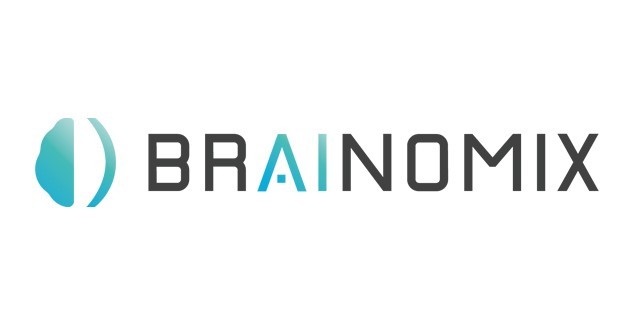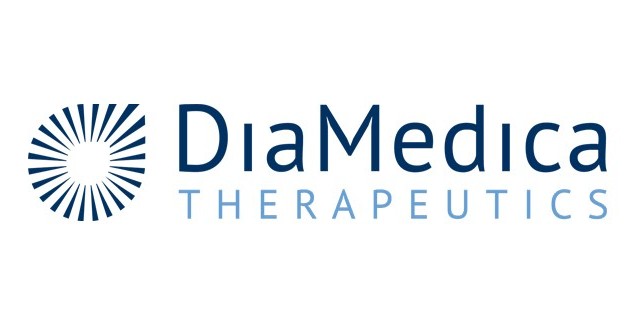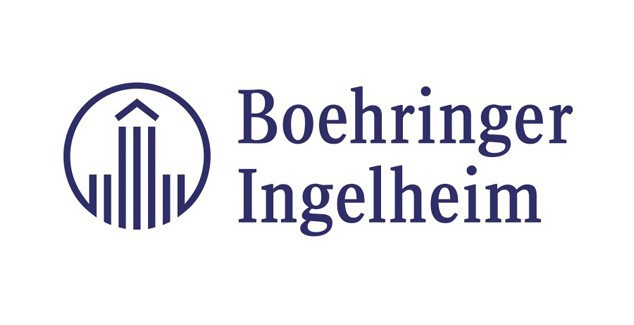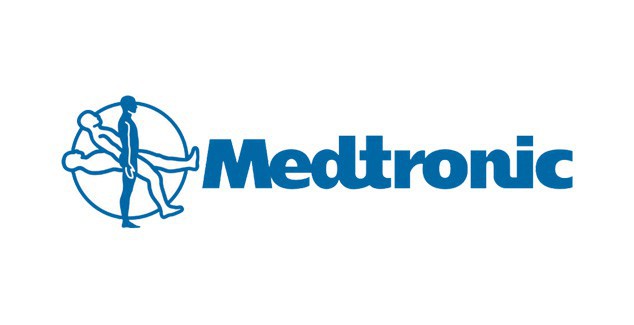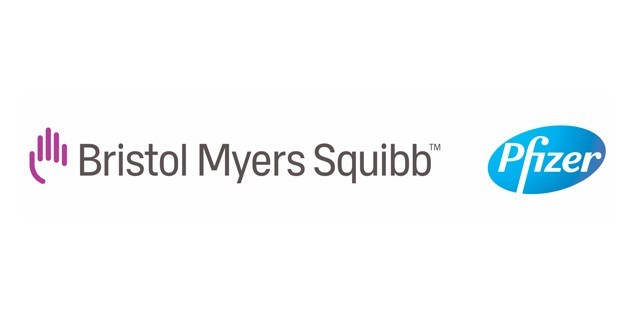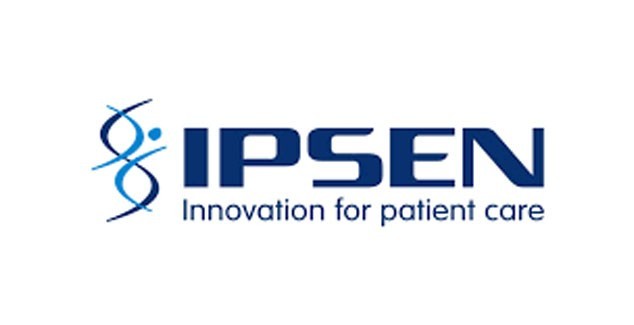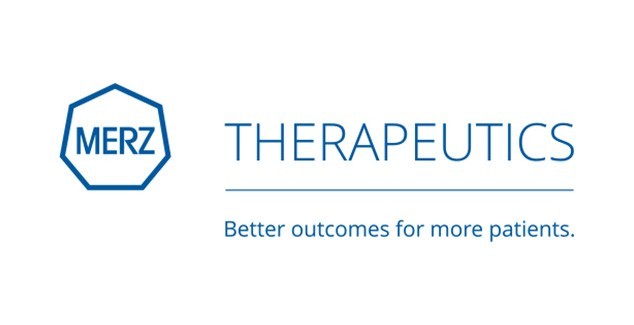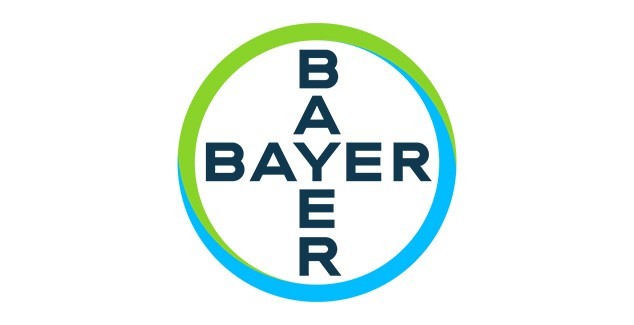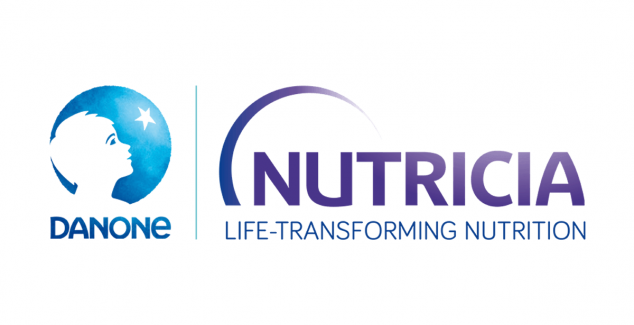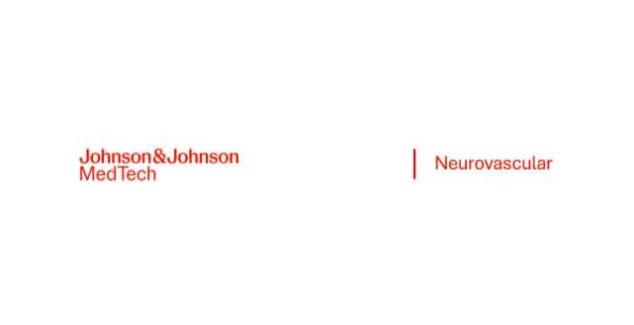Stroke remains the world’s second leading cause of mortality accounting for over 6 million deaths a year, it is also the third leading cause of disability. Around 100 million people in the world currently live with the impact of stroke which can include devastating loss of mobility, cognition and communication as well as on individual mental health, social inclusion, income and care costs. With figures like this it is shocking that only 38% of governments around the world report having a national strategy to specifically address stroke, and incredible that only 3% have identified resources to deliver it.
Meanwhile, the upward trajectory of stroke continues, driven by increased incidence in low- and middle-income countries where public stroke care systems are often under-developed. With an estimated global cost of about US$1 trillion per year, stroke represents a significant brake on international and national efforts to develop sustainable economic growth. We know that governments around the world have committed to reducing non-communicable diseases and a series of WHO policy best buys provide clear guidance to decision-makers on how to act, nevertheless action remains too slow, and investment remains too low (and we use the term investment wisely - $1 spent on stroke prevention generates $10 to the economy).
Even before the world was faced with the challenges of a global pandemic, progress on international commitments to non-communicable disease was falling behind. While progress has certainly been undermined by the requirements of the pandemic response, recent years have starkly illustrated the close inter-relationship between communicable and non-communicable diseases. Any efforts to reduce vulnerability to the ongoing or future pandemics, requires us to take action that will address underlying health issues within the population which make people more vulnerable to communicable diseases and that require seismic interventions to protect both individuals and healthcare systems.
As the world takes stock and leaders gather at the World Health Assembly to discuss the potential for a global agreement of emergency preparedness, WSO has published a clear set of policy priorities for prevention, treatment and post-stroke care that would address the global burden of stroke and would increase resilience in the face of future health emergencies.
Stroke Prevention
While treatments for stroke have advanced considerably, scaling up care in low- and middle- income countries where the burden is highest is a particular challenge. The mainstay of national stroke strategies should be prevention. We know that 90% of strokes are linked to 10 modifiable risk factors including hypertension, smoking, overweight/obesity, exercise and alcohol. WSO’s Cut Stroke in Half is WSO’s flagship policy initiative provides a roadmap to policy makers that combines population-wide and individual strategies that would reduce stroke risk for those at any level of increased risk. Pillars of Cut Stroke in Half include reducing exposure to stroke risk factors, implementing motivational digital and mobile technologies, facilitating access to low dose combination medications in a single poly-pill for specific groups and investing in the training and deployment of community health workers.
Stroke Recognition
From the moment of onset, stroke starts to destroy brain tissue, timely access to emergency medical treatment is therefore crucial to the outcome of stroke. New treatments for stroke can make the difference between a lifetime of disability and walking out of a hospital with minimal issues. Arriving too late to hospital reduces the options for and effectiveness of treatment and increases the risks of complications.
With one in four of us at risk of stroke in our lifetime, it is vital then that everyone knows how to spot the signs of stroke, understands the need to take those signs seriously and seeks immediate emergency medical care. WSO leads a global awareness campaign in partnership with members and supports national advocacy to ensure on-going support for stroke symptom awareness as part of public health awareness programs.
Acute Stroke Services
Organized stroke care systems can reduce stroke mortality and morbidity by up to 30%. Administration of clot busting drugs within a few hours of onset, increases the chance of a positive outcome by a further 30%. Removing blood clots from the brain (mechanical thrombectomy) increases the chance of a good outcome by more than 50%.
The goal is therefore for all stroke patients to be treated at stroke units with access to evidence based acute therapies. WSO has developed a context specific guideline for implementation of quality stroke care. The Global Stroke Services Guideline & Action Plan and the companion document WSO Roadmap to Delivering Quality Stroke Care have been widely translated and provide a clear process for identification of care priorities and actions that are needed to improve provision at institutional level. We encourage governments, healthcare providers and clinicians to work together to ensure implementation at national level.
Life after stroke
Over half of the people who have stroke in the world will survive, for many however survival will mean living with physical disability, communication difficulties and changes in how they think, feel and behave. These impacts are often accompanied by loss of work, income, independence and social networks. Ensuring access to specialist neuro-rehabilitation units and long-term rehabilitations units is essential to improving the quality of life of survivors.
Because the needs of survivors can be complex and long-term, community-based support with on-going health, well-being and social participation is crucial people affected by stroke and their caregivers. Patients should also have a voice in the development of strategies and services. WSO works to establish and strengthen the capacity of stroke support organizations and advocates for government support for SSOs to ensure their role in participation and community support.
Stroke action and accountability
In its recently published policy agenda, WSO is calling for bolder evidence-based action and increased engagement from decision-makers aligned to WHO Best Buys as well as collaboration with NGOs, for example through the NCD Alliance, to increase visibility and action on the specifics of stroke in relation to prevention, treatment, rehabilitation and survivor support.
We know what needs to be done, we know how to do it, what we need now is action.

 Member login
Member login
